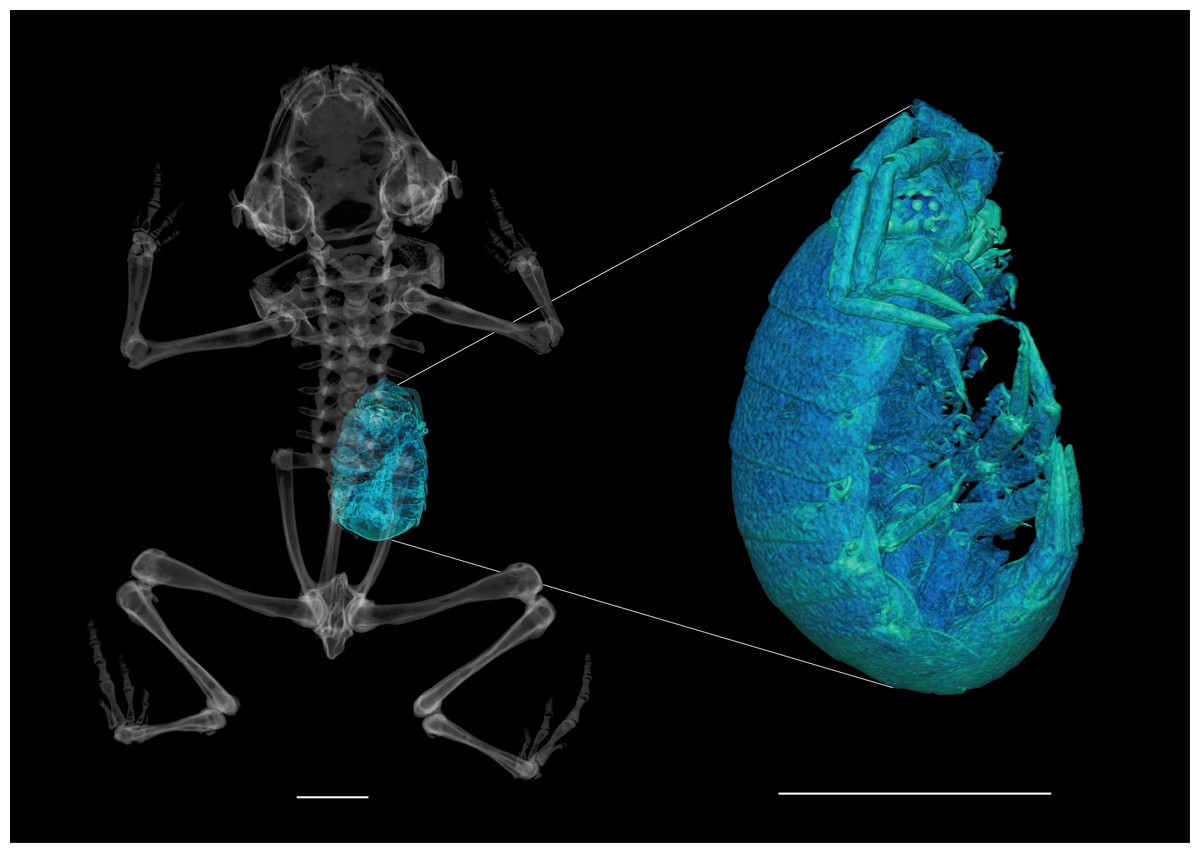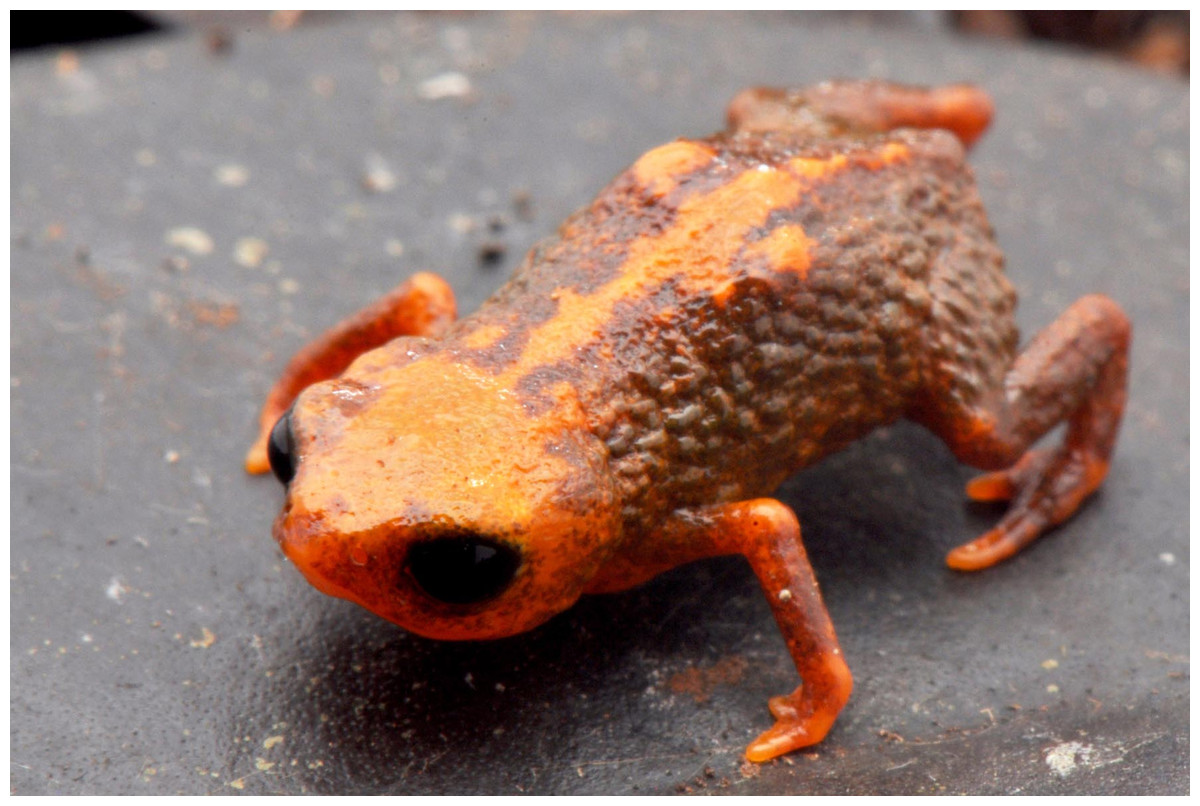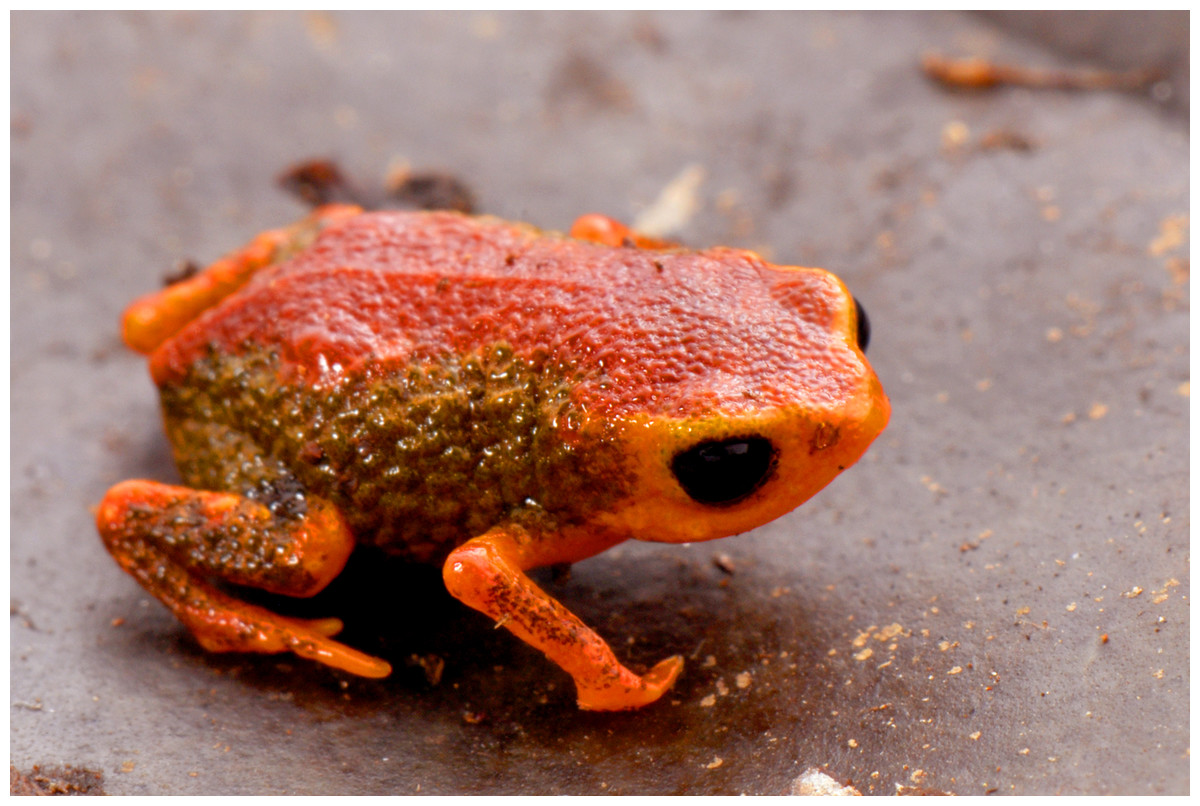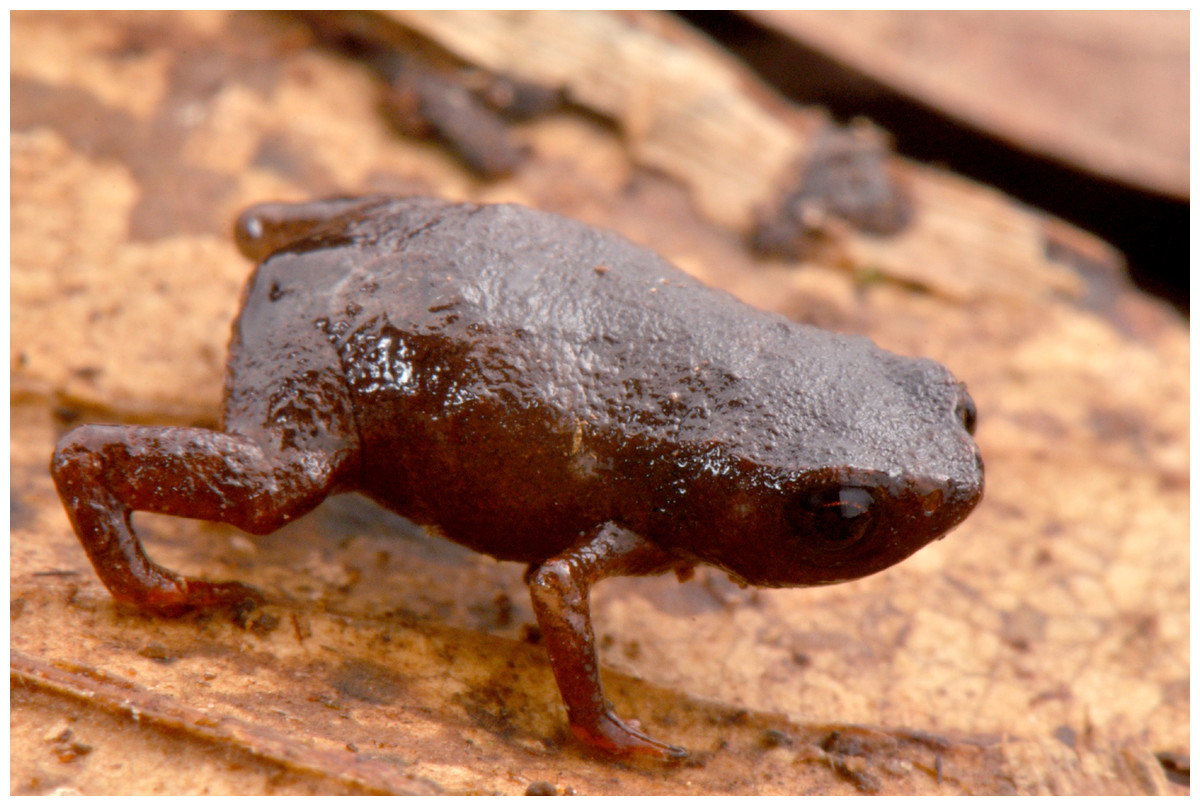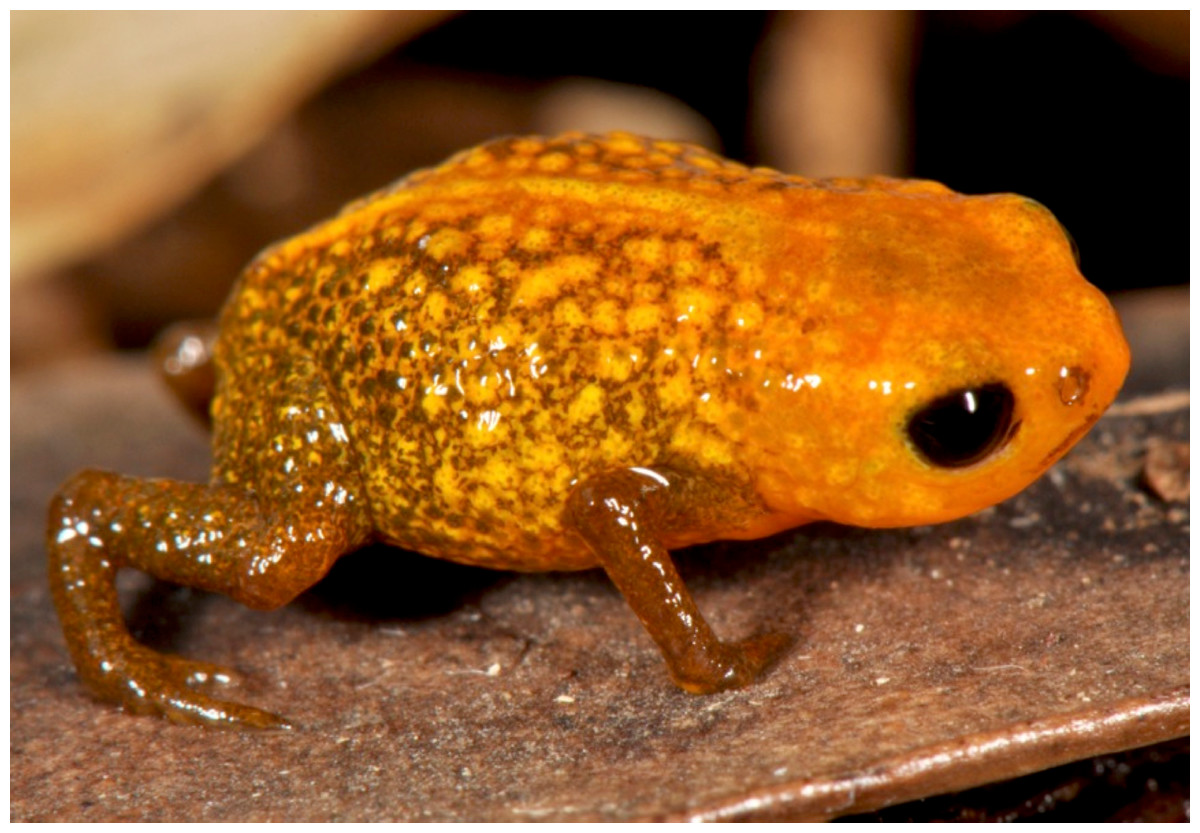The main focus of our research is to understand the mechanisms that generate and maintain biological diversity.
Evolutionary macroecology
The distribution of species on the planet is the complex outcome of a myriad of processes operating at multiple temporal and spatial scales. In our research we integrate information on species distributions, phylogenetic comparative methods, and bioclimatic data to understand the climatic niche evolution and its implications to species distributions and diversity gradients.
Phylogenomics
We have taken advantage of next-generation sequencing (particularly ultra-conserved elements) to investigate the phylogenetic relationships, species delimitation schemes, and divergence times of several taxa, including ants, bees, and frogs.
Evolution in sky islands
Montane habitats harbor a disproportionate level of species diversity and endemism. An important focus of research in our lab in recent years is understanding the diversity of montane anurans in the southern Brazilian Atlantic Forest, particularly those in the genus Brachycephalus (Brachycephalidae). In addition to the discovery of over a dozen new species, we have investigated these remarkable frogs using tools of a variety of disciplines, including population genetics, osteology through microCT scanning, bioacoustics, and natural history.






